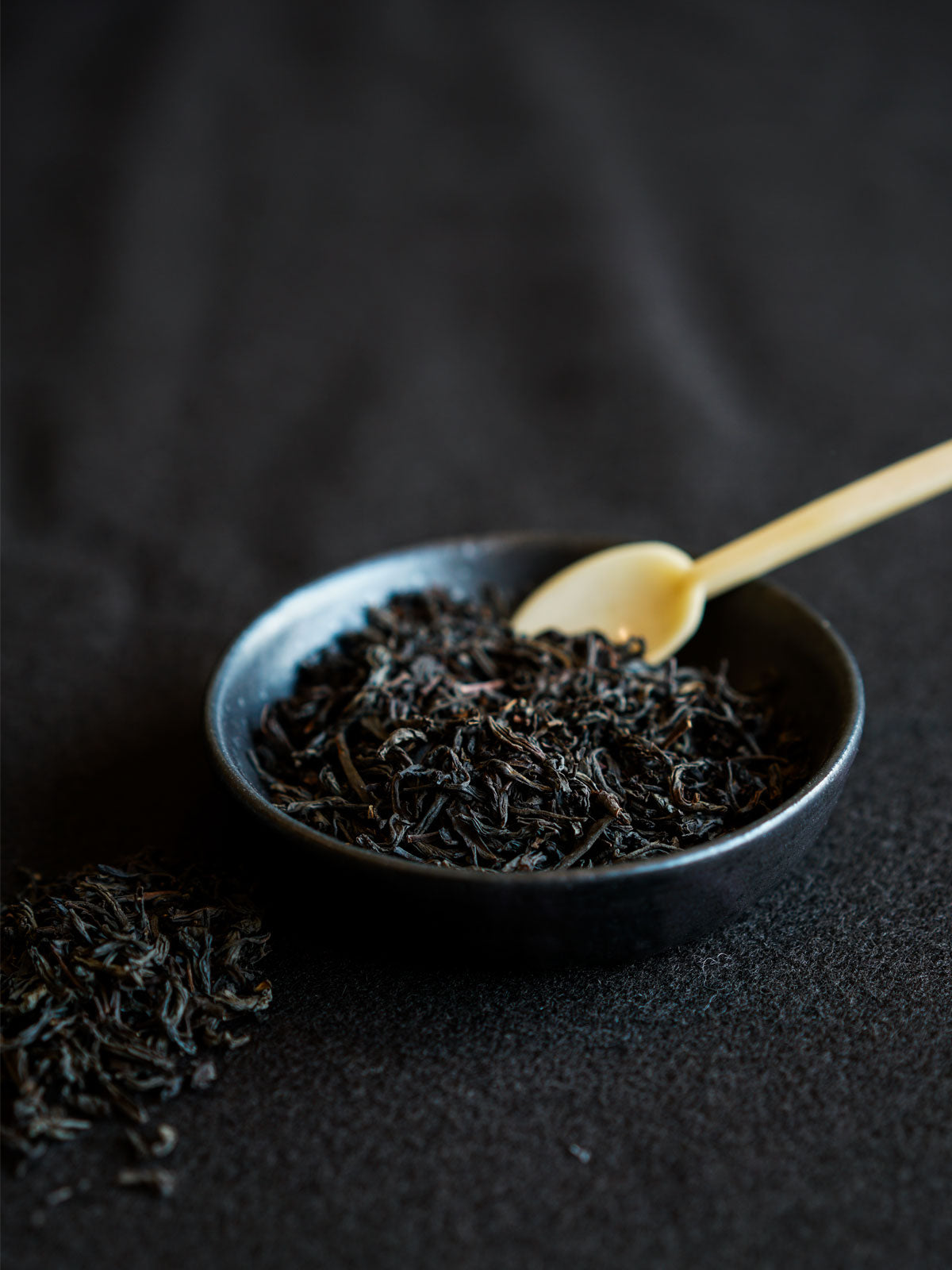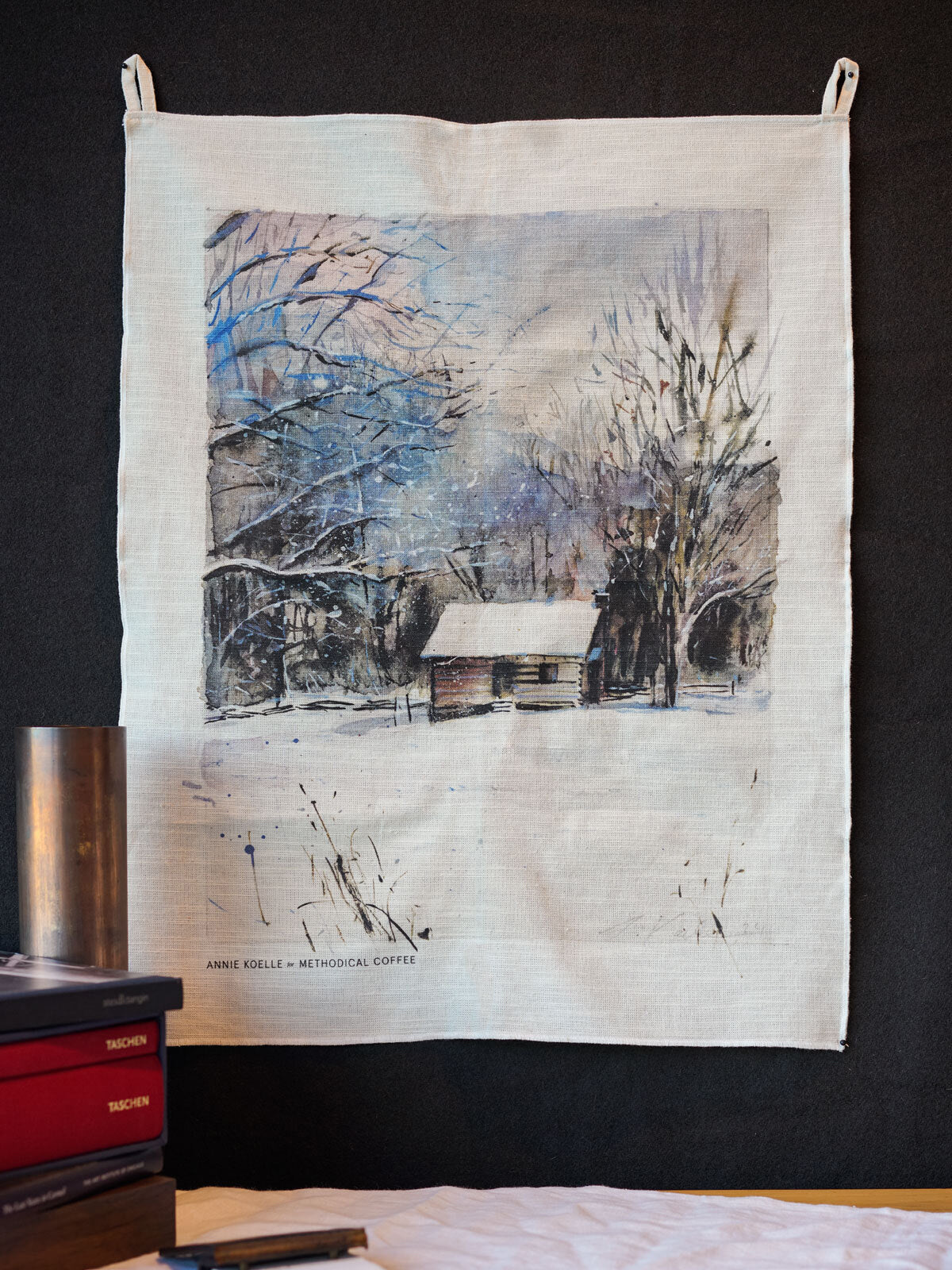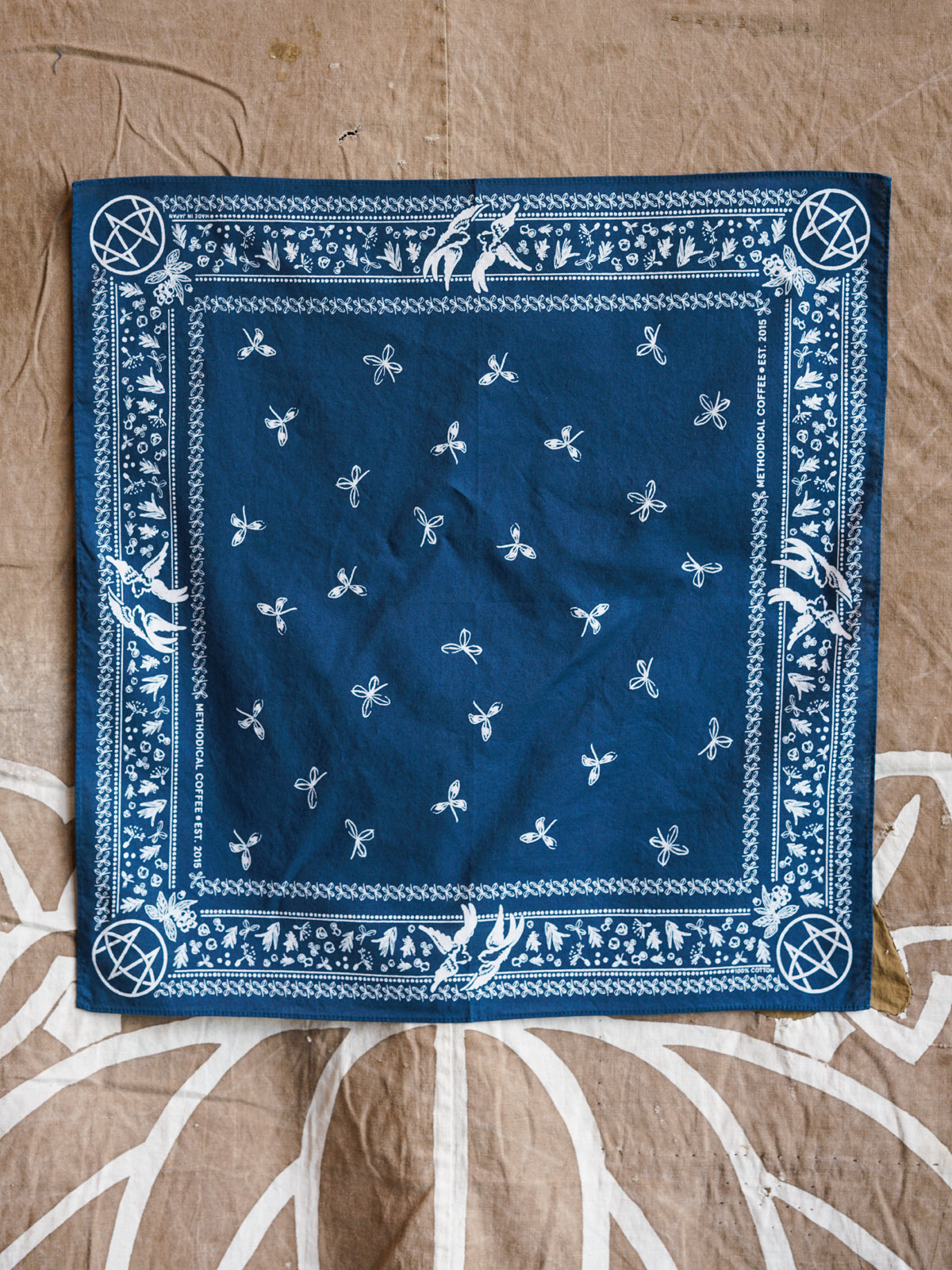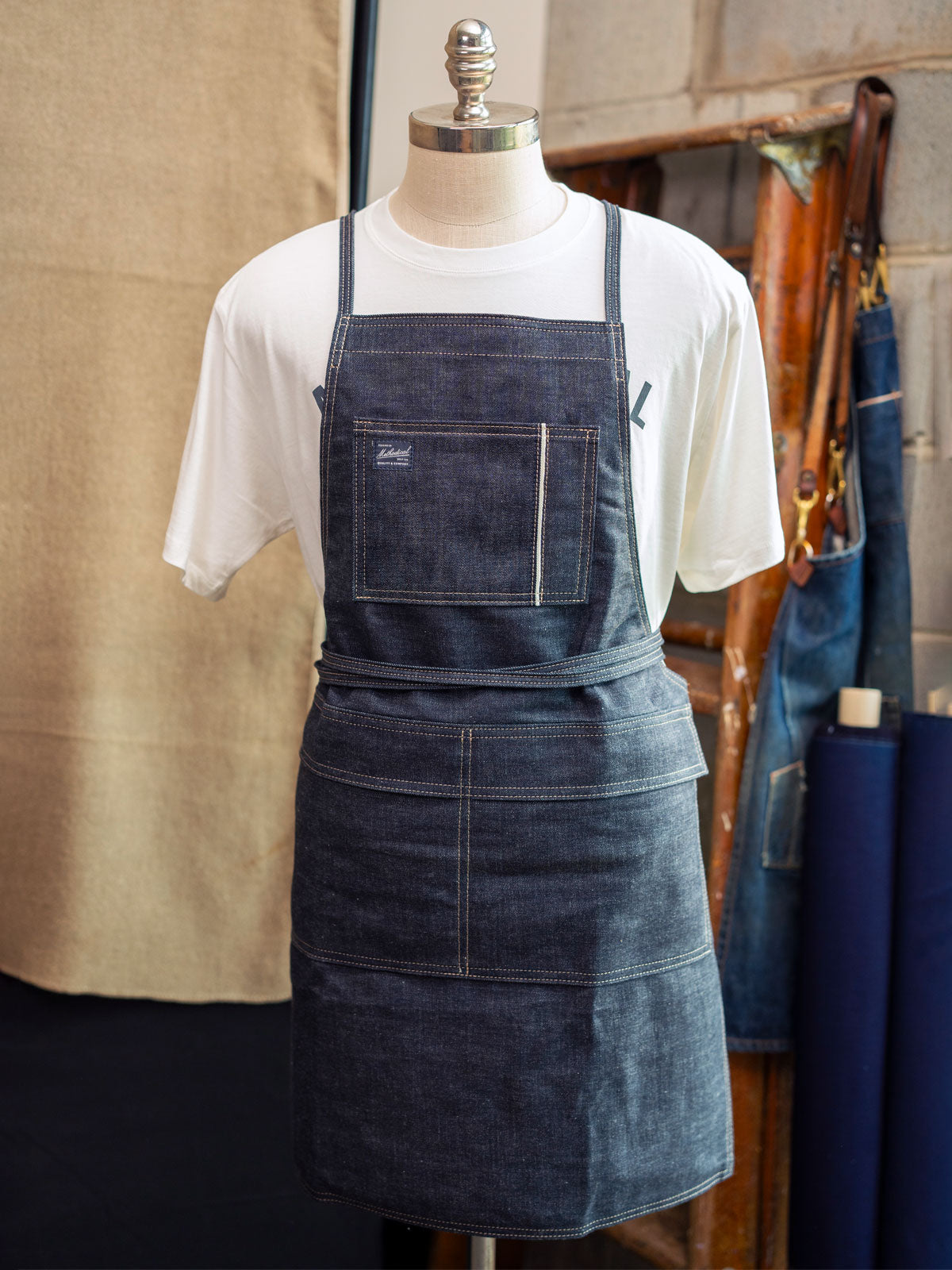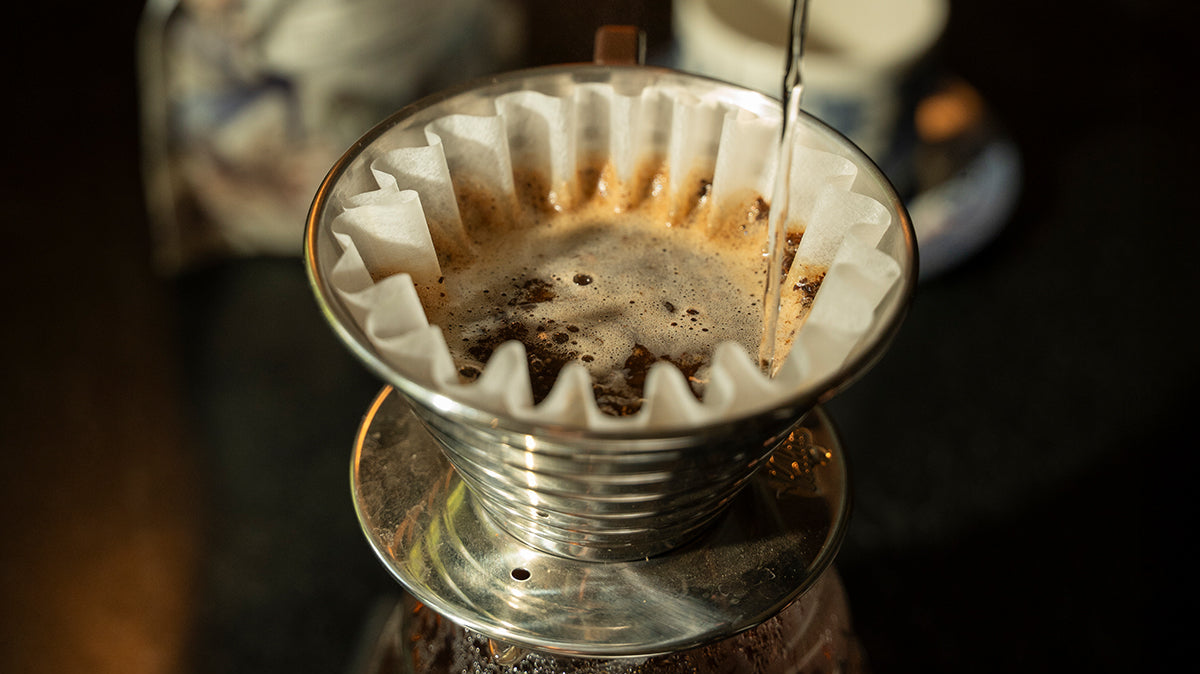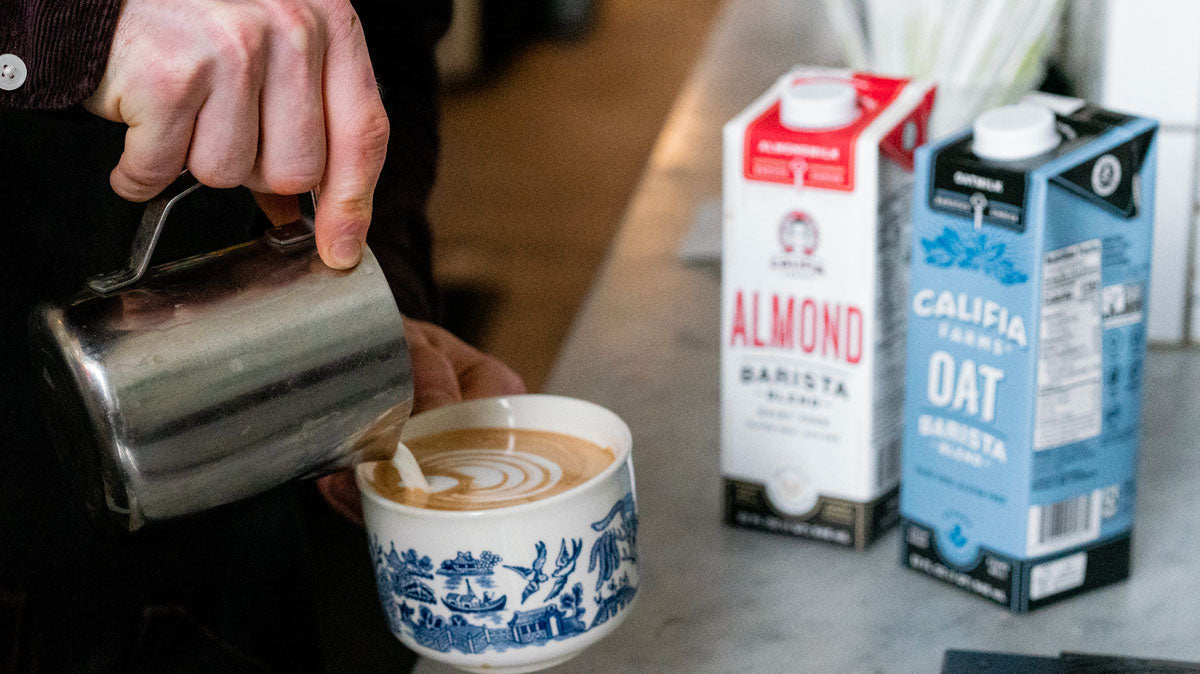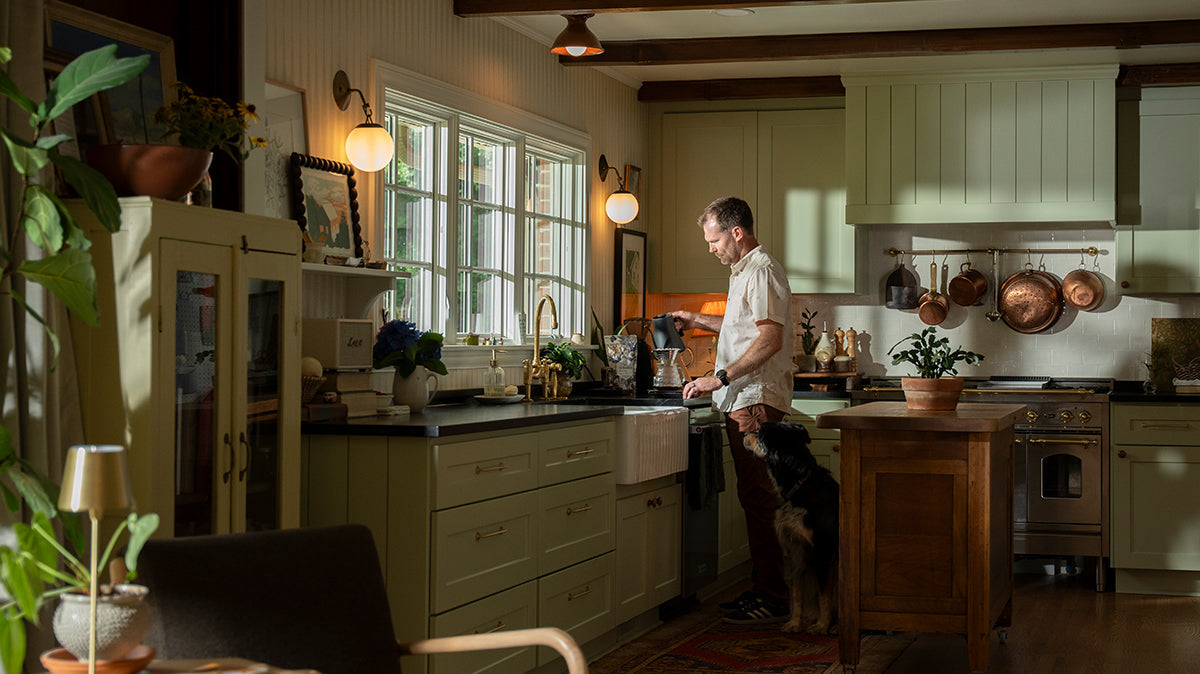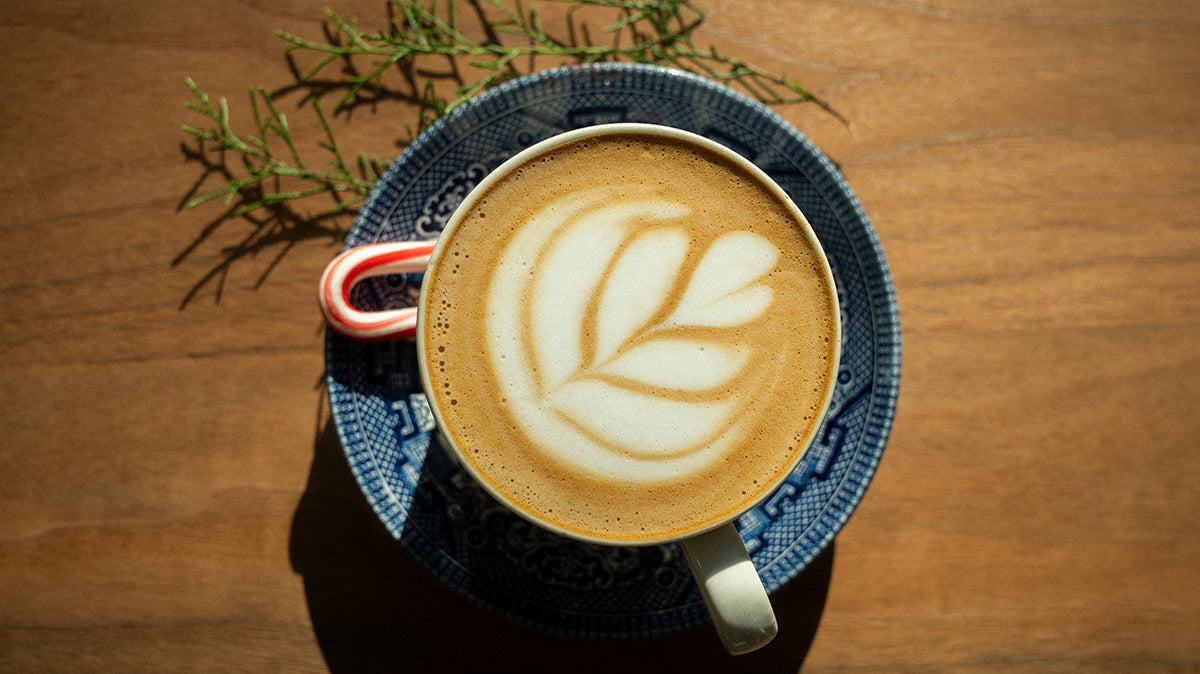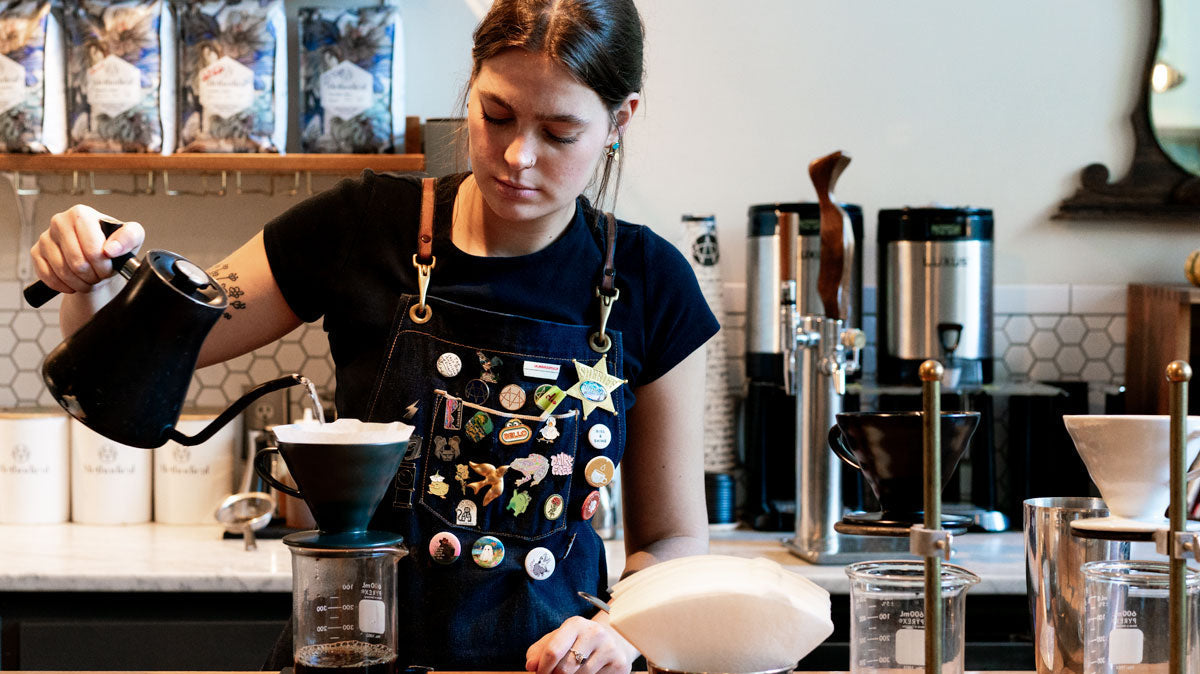How can you recreate the flavor and texture of your favorite cafe espresso? Though you may not know where to start, it’s not as tough as you think. Here we’ll tell you the exact way we dial in our espresso and pull that perfect shot of espresso.
What does dial in espresso mean?
“Dialing in espresso” refers to adjusting your parameters to render a fantastic tasting espresso. The parameters include the amount of coffee, the grind size, the brew time, and the amount of coffee brewed also known as yield.
Espresso grind setting
Espresso is ground fine, but not extra fine. It tends to have a consistency similar to ground cinnamon. When dialing in your espresso grind, you will want to make micro adjustments as the slightest change in grind can render drastic change in flavor.
Learn more about coffee grinding on our How to Grind Coffee guide.
What is the best espresso recipe?
There are many recipes for espresso, but they all have an underlying structure: dose, yield, and time. Dose is the amount of coffee used. Yield is the total output of liquid. And time is how long it takes to reach the yield. For reference, here are some traditional espresso recipes and their names.
| Name | Dose | Yield | Time |
| Espresso | 14g | 28g | 20-30 seconds |
| Doppio | 19g | 38g | 20-30 seconds |
| Single ristretto | 14g | 20g | 20-30 seconds |
| Double ristretto | 19g | 30g | 20-30 seconds |
| Lungo | 14g | 38g | 35 seconds |
“Normale”, “ristretto”, “lungo”, and “doppio” are all Italian names that refer to volume-based recipes of espresso. Normale, or normal, is your typical shot of espresso. Ristretto translates to restricted, which means you’re using a normal dose of coffee but the shot yields less. Lungo translates to long and refers to an espresso with a lower dose with a higher yield over an extended time. And Doppio translates to double, meaning a double espresso.
Times have changed and instead of the emphasis being on volume, we’re now interested in extraction. Extraction is the magical ratio of coffee, water, and time. Modern cafes are less restricted to tradition and are now exploring their own espresso recipes.
Learn more: Coffee to Water Ratio: The Ulimate Guide to Brewing Ratios
After years of dialing in espresso, here is the recipe we use in all our Methodical cafes. When added to milk, we believe it renders the best flavor. For reference, our espresso with milk beverages come in 3 sizes: 4.5oz (cortado), 6oz (cappuccino), and 12oz (latte).
| Dose | Yield | Time |
| 18g | 36g | 32 seconds |
How to make espresso taste better
When adjusting your parameters to dial in a better tasting espresso, it’s best to adjust them one at a time. Otherwise, you won’t know exactly what is affecting the change in flavor. We recommend keeping your recipe the same (dose, yield, and time), and focusing on your grind size. If you’re finding your shots pull way too fast where you’re meeting your yield far before your time, your coffee is ground too coarse. If you’re finding it pulls far past time, your coffee is too fine. Make micro adjustments to your grind size to not overcompensate the other direction.
What to adjust if espresso is bitter or sour?
Your recipe is not the only indicator that something is off. Train your palate to decipher bitterness and sourness to dial in your espresso.
Bitter
If you’re finding your espresso tasting bitter, sharp or pungent, then your coffee is over extracted. The best way to adjust for bitterness is to coarsen your grind while still ensuring you’re meeting the parameters of your recipe.
Sour
If your coffee is tasting sour, overly citrusy like lemons, then your coffee is under extracted. Adjust your grind to be finer to allow more coffee to be extracted as it pulls.
Do you have to dial in espresso everyday?
Because espresso is so exact, it’s a good idea to consistently evaluate your recipe and grind. In our cafes, we check the espresso many times throughout the day. Humidity is a big contributor to throwing off your recipe. As the day warms and humidity changes, or as the weather changes, so can the espresso. Though you may not be pulling as many shots as a barista in a day, it’s not a bad idea to check how your shots are pulling every day.
What coffee is best for espresso?
There is nothing different about coffee that is labeled “espresso”. It simply means the coffee blend and its roast level was done with the intention of it being used on espresso. But you can use any coffee on espresso or even brew “espresso” coffee in your coffee maker. Something to keep in mind is if you are making milk-based beverages, it’s best to use a more developed, or darker, coffee so it’s not lost in the milk. Lighter and more delicate coffees don’t stand up well in a milk-based beverage.
Learn more: Light Roast, Medium Roast, Dark Roast: What’s the Difference?
Our line of blends was developed with espresso in mind. Late Night is our darkest blend for those who enjoy a dark, but not over-roasted, flavor. Belly Warmer is roasted slightly less than Late Night. Blue Boy and Play Nice fall right in the middle having plenty of body with nuance. And Pink Lady carries more fruit forward tones while still holding its own in milk. But also, try any of our single origin coffees on espresso and find what you like most.
You might also like:


